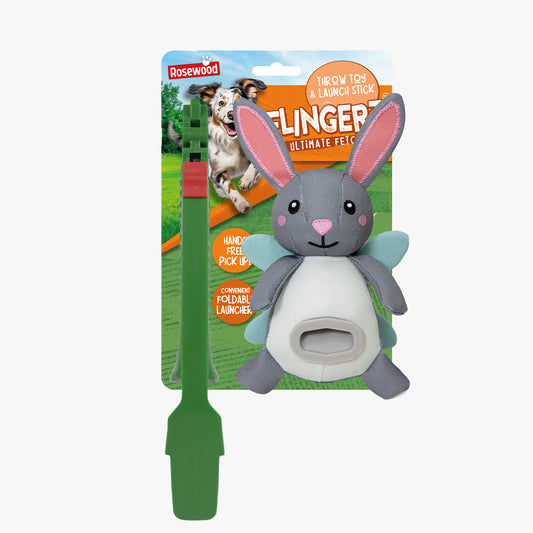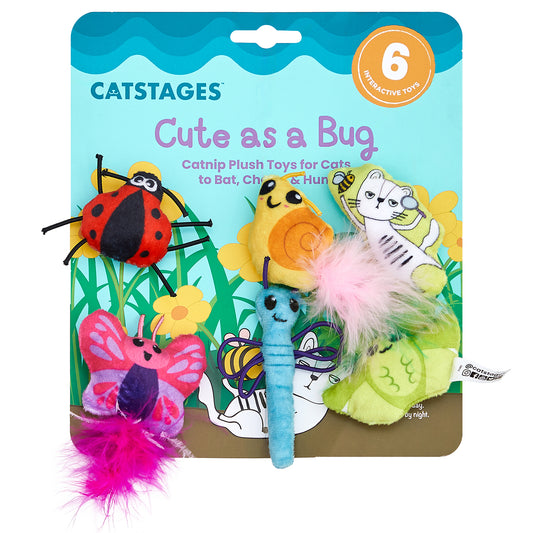Cats have long fascinated humans with their mysterious and often unpredictable behaviour. One of the most curious and universally adored behaviours of cats is their purring. But why do cats purr? What does it mean when a cat purrs? Understanding the meaning behind a cat's purr can offer insight into their emotional and physical well-being. This article explores the reasons behind this behaviour and what it signifies for your feline friend.
What is Purring?
Purring is a unique vocalisation that is produced by cats and a few other felines, like cheetahs. It is a continuous sound that is created when the cat breathes in and out. While most people associate purring with contentment, the reality is that purring serves a variety of functions. Understanding why cats purr and what it means requires a closer look at the physiological process behind the sound.
How and Why Do Cats Purr?
The purring mechanism involves the rapid movement of the muscles within the cat's larynx (voice box) and the diaphragm. These muscles twitch at a rate of about 25 to 150 vibrations per second (Hz). This causes a sudden separation of the vocal cords during both inhalation and exhalation, creating the purring sound.
But why do cats purr? The reasons are diverse:
-
Contentment and Relaxation:
The most common reason why cats purr is contentment. When your cat is curled up on your lap, gently purring, it usually means they are relaxed and happy. This is the purr that most cat owners are familiar with and enjoy. -
Communication with Kittens:
Kittens begin purring when they are only a few days old. This early purring serves as a way to communicate with their mother and littermates. It helps to build a bond and is a signal of well-being. This also answers the question, "why do kittens purr?" It's a natural behaviour for them that signifies comfort and security.

-
Seeking Attention or Food:
Cats often purr to get their owner's attention, especially when they want something like food. This "solicitation purring" is slightly different in tone from the purrs of relaxation and has been described as having a more urgent, high-pitched quality. So, if you find yourself asking, "why is my cat purring while staring at me?" it might be time for dinner! -
Healing and Pain Relief:
One of the more surprising reasons behind cat purring is its potential healing properties. Research suggests that the vibrations produced by purring can help heal bones and tissues, reduce pain, and ease breathing. This might explain why some cats purr when they are injured or unwell. The sound frequencies associated with purring (25-150 Hz) are known to be medically therapeutic for various conditions in both cats and humans. -
Stress and Anxiety:
Cats may also purr when they are stressed or anxious as a way to soothe themselves. This can happen during a vet visit, when they're nervous, or when they're experiencing unfamiliar surroundings. If you've noticed your cat making weird purring noises during stressful situations, it's likely their way of trying to calm down. -
Sign of Illness or Discomfort:
While purring is generally associated with positive emotions, it can also be a sign that something is wrong. Cats may purr when they are in pain or feeling unwell as a self-soothing mechanism. If you notice your cat purring excessively and they seem lethargic or are showing other signs of illness, it's important to consult your vet.
Why Does My Cat Not Purr?
Not all cats purr, and if you've ever wondered, "why does my cat not purr?" the answer could vary. Some cats are simply less vocal than others. The absence of purring doesn't necessarily mean your cat is unhappy or unwell. Each cat has its own way of expressing contentment. Some cats may prefer to communicate through other sounds like chirps, meows, or body language. However, if your cat used to purr and suddenly stops, it might be worth getting them checked by a vet to rule out any underlying health issues.
What Does It Mean When a Cat Purrs?
Understanding the meaning behind a cat's purring can deepen the bond between you and your feline companion. Purring can signify a range of emotions and states, from happiness and contentment to stress and pain. By paying close attention to the context in which your cat is purring, you can gain better insights into their needs and feelings.

- When a cat purrs in your lap: This typically means they are content, relaxed, and enjoy your company.
- When a kitten is purring while nursing: This is a sign of comfort and security with their mother.
- When a cat is purring during a stressful event: They might be trying to calm themselves, indicating that they are feeling anxious or scared.
- When an injured or sick cat purrs: This could be a way for them to comfort themselves or even aid in healing, and it may be a sign to seek veterinary care.
The Many Meanings of Purring
Purring is a complex behaviour with various meanings depending on the context. Whether your cat is expressing contentment, seeking attention, or even self-healing, understanding why and how they purr can help you respond appropriately to their needs. Paying attention to the nuances in your cat's purring and their overall behaviour can ensure that you provide the best possible care and companionship for your feline friend.
In summary, the question, "why do cats purr?" doesn't have a single answer. Purring can mean many things—it's a form of communication, a sign of comfort, a request for attention, or even a method of self-healing. By learning to interpret the purrs of your cat, you can enhance your understanding of their unique personality and strengthen your bond with them. So the next time your cat curls up next to you and begins to purr, you’ll have a deeper appreciation for the many layers of meaning behind that soothing sound.
Wanting to treat your favourite feline? Here at Lords & Labradors our Pet Experts have carefully curated our cat collection to be filled with products that are sure to make your cat purr. From terrific toys to tasty treats and beautiful beds we really have it all. Need some help with placing your order? Chat to our Pet Experts about the best products for your cats.


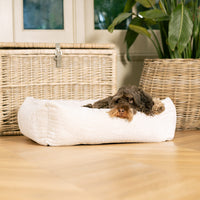



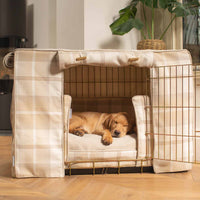


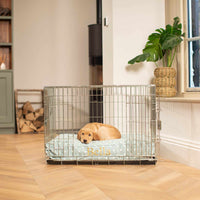
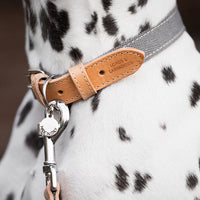





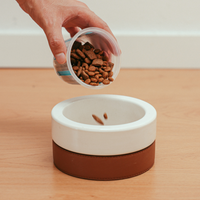
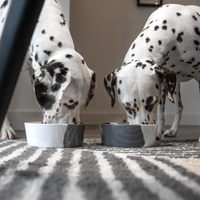











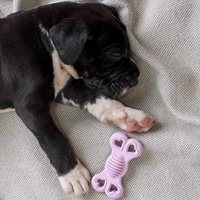
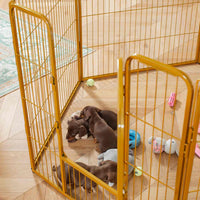
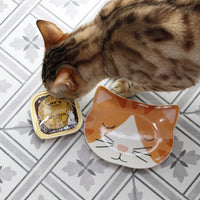
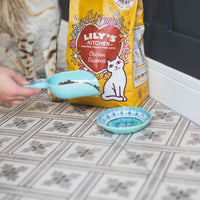

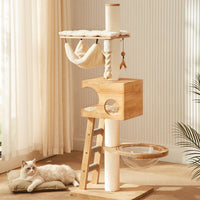
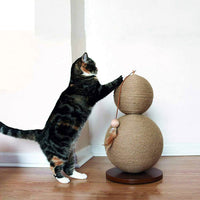
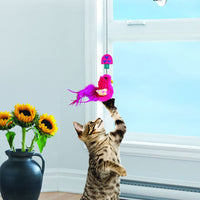
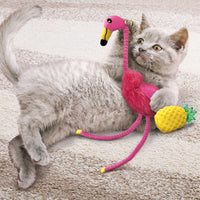
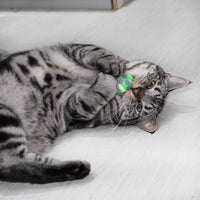
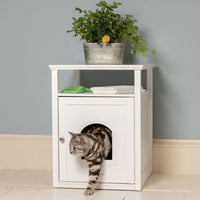
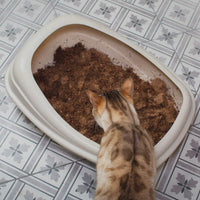

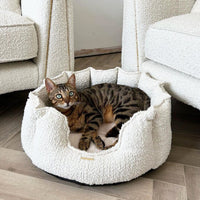
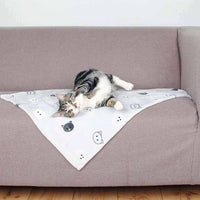
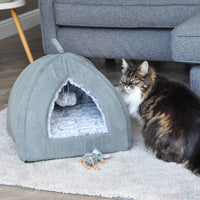
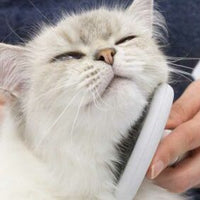
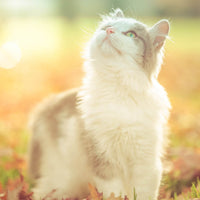


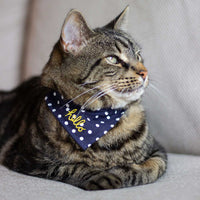

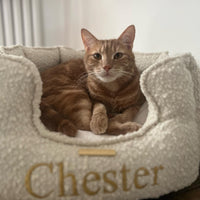
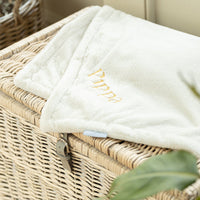
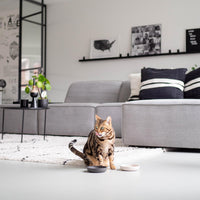












.jpg?v=1738841991767&options=)













